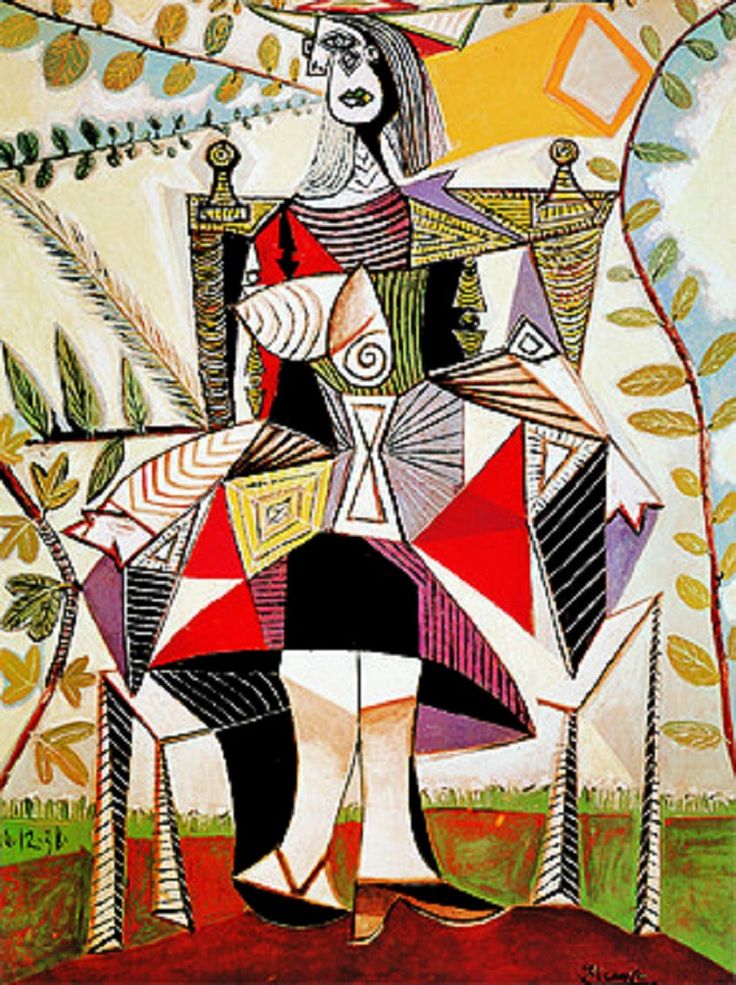

Interestingly, there is a connection between the emergence of NFTs and the development of Cubism. His willingness to take risks and experiment with new techniques has encouraged artists to take similar risks in their own work, leading to a flourishing of artistic expression and experimentation. In addition, Picasso's approach to art as a means of personal expression and social commentary has inspired generations of artists to use their work as a tool for activism and self-expression. From his early Blue and Rose Periods to his later works, Picasso's ability to constantly reinvent himself and push the boundaries of art has had a lasting impact on contemporary artists. His prolific output and diverse range of styles continue to inspire artists across a range of disciplines. Pablo Picasso's influence on contemporary art is immeasurable and is not limited to his contributions to Cubism. Picasso's Les Demoiselles d'Avignon is a prime example of this style, and is considered one of the most important paintings of the 20th century. Cubist paintings often featured fragmented, geometric forms and multiple perspectives, challenging viewers to see the world in a new way. Alongside Georges Braque, Picasso developed a new style of art that broke away from traditional notions of perspective and representation. However, it was Picasso's contributions to the Cubism movement that truly solidified his place in art history. Pablo Picasso, Les Demoiselle d’Avignon, 1907, oil on canvas, The Museum of Modern Art, © 2023 Estate of Pablo Picasso / Artists Rights Society (ARS), New York

Picasso's Cubism: An Everlasting Inspiration for Contemporary Art His paintings during this time often featured circus performers and harlequins, evoking a sense of whimsy and playfulness. Pablo Picasso, The Old Guitarist, late 1903–early 1904, oil on panel, The Art Insitute of Chicago © 2018 Estate of Pablo Picasso / Artists Rights Society (ARS), New Yorkįollowing the Blue Period, Picasso transitioned into his Rose Period from 1904 to 1906, characterized by brighter colors and a more optimistic tone. The paintings from this period often depicted themes of poverty, isolation, and despair, such as in his famous work, The Old Guitarist.

This phase, which lasted from 1901 to 1904, was marked by somber and melancholic paintings predominantly in shades of blue, reflecting Picasso's personal struggles during this time. One of the most notable periods in Picasso's artistic journey is the Blue Period. Picasso's Artistic Evolution: From the Blue Period's Melancholy to the Playful Whimsy of the Rose Period Pablo Picasso was carrying around a revolver with blanks and shooting at anyone who was asking about the meaning of his art. His art continues to inspire and challenge artists and art enthusiasts alike, and his legacy remains a cornerstone of modern art history. Picasso's prolific career spanned over seven decades, during which he revolutionized the art world with his innovative techniques and bold experimentation. His death marked the end of an era and left an indelible impact on the art world. Pablo Picasso, one of the most influential artists of the 20th century, passed away on April 8, 1973, at the age of 91.


 0 kommentar(er)
0 kommentar(er)
